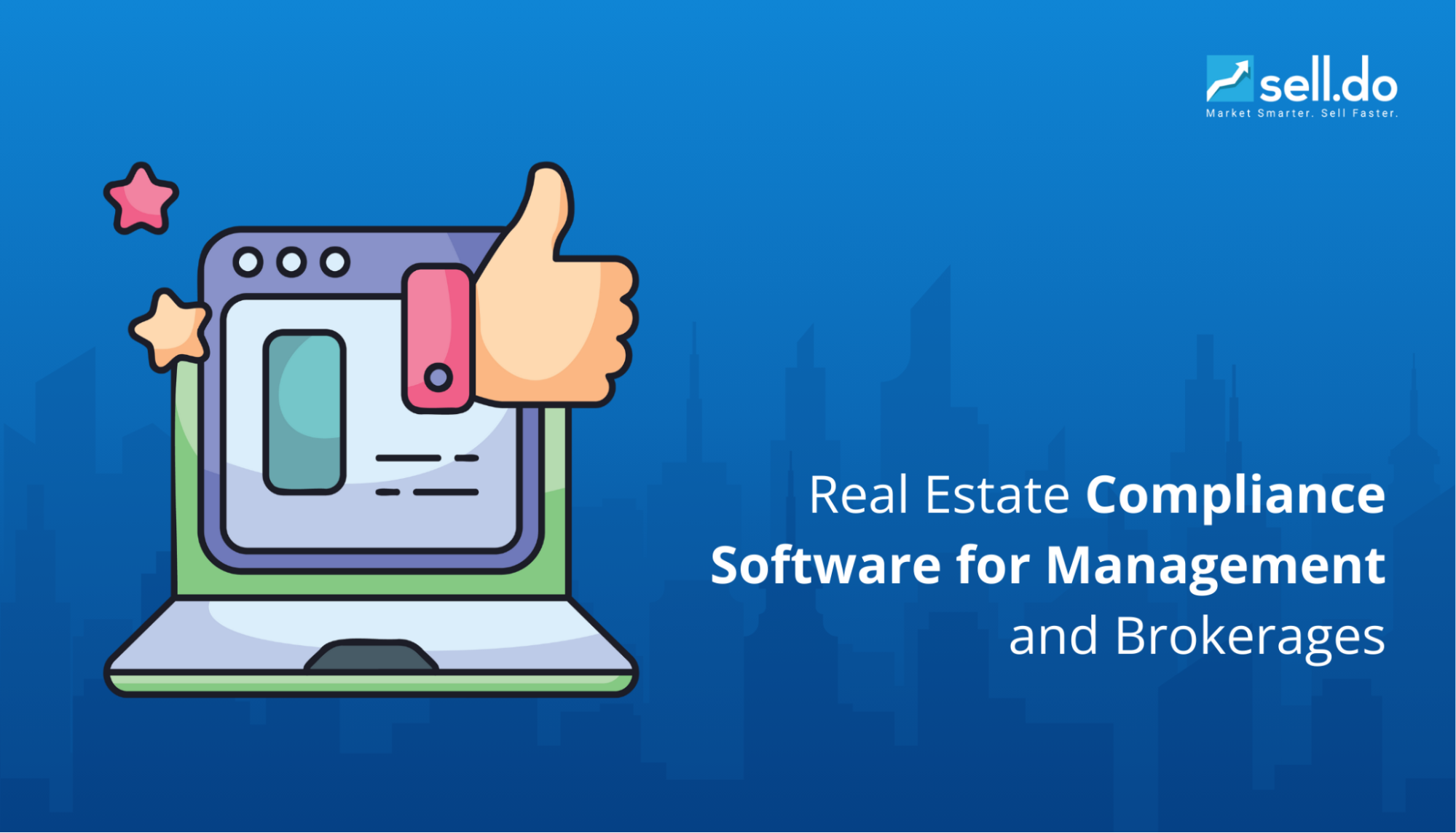As a prospective property seller, the first thing you need to complete is an analysis of the real estate market. But the current worth of a home can be quite difficult to pinpoint. The best way to evaluate and analyze that is by running a comparative market analysis. Long used by realtors and homeowners, his tool sheds light in gauging the value of a property.
Comparative Market Analysis
A Comparative Market Analysis or CMA is a tool that reports in-depth analysis of a home’s present market value. It is prepared, usually by real estate professionals, by taking into account a lot of factors like the location demand, prices of other homes in the neighbourhood and such critical data. CMAs are usually needed either when a homeowner or seller wants to know how much their home is worth currently in the real estate market or when a homebuyer decides to check up on the value of a home before making purchase considerations.
While conducting a real estate market analysis, there are so many factors needed for consideration that it can get overwhelming. However, with a systematic approach and performing diligent procedures, it is quite manageable. Here are a few steps for running an accurate Comparative Market Analysis.
Step 1: Know the Neighbourhood
The first step to running a comparative analysis goes well beyond just crunching the numbers. It involves more than just knowing the price trends in the area. The CMA’s accuracy is affected by your familiarity and experience with the local market. In order to set the right price, it’s necessary to know the neighbourhood, be aware of the past and current sale and rental price of real estate there.
Assess the overall quality of the area and identify the sought-after and the average parts of the neighbourhood. Examine the proximity of the property from schools, banks, hospitals and other lifestyle avenues. Keep in mind to include negative factors like proximity to a noisy highway, unsafe surroundings or polluted environment.
Step 2: Pre-assess the Property Online
Before you head out to the actual site, make sure to check out the property listing online. This way, you will gain a preliminary idea of what to expect before visiting it. Gather basic information about the property like the age of the property, construction type, built-in area, carpet area, architecture, number of floors, etc. Being informed about these basic details will help you get an overall idea about the property before visiting the site.
Step 3: Visit the Property for an in-person Assessment
To prepare an accurate report, visit the property in person and gather as much detailed information as you can. Start with the most important metrics - layout, age, condition, finishes and landscaping. After that screen for any features that might add value like a pool, multi-level parking, large garages, or Jacuzzi or gazebo facilities. Also, be on the lookout for negative issues that might affect the price. Check out for a leaky roof, damaged plumbing, poor overall condition, lack or ineffectiveness of central air conditioning and any such hidden issues.
Step 4: Select Comparable Properties in the Area
It’s important to choose three or four best properties out of a list of comparable properties in the area. This will add to the accuracy of your comparative market analysis. Then, consider these three important factors:
- When has the property been sold: When considering a property in a hot-selling location, consider that prices rise fast. So you should check comparable properties sold as currently as possible, a few weeks prior ideally. For a slower market, you might have to adjust the prices based on how the market has evolved since its selling.
- Where it’s located: The location of the selected properties should be as close to your original property as possible. Ideally, it will be best if they are in the same neighbourhood. Residential areas can vary from one part to another, and so do their demand. Subtle changes lead to significant differences in the price.
- What are its main features: The selected home and the original property should have almost the same features. This includes the number of bedrooms, baths, carpet area and parking area. When you have multiple options, choose properties of similar construction type and architectural style.
Step 5: Prepare the CMA Report
You can download a template CMA report form and enter the information you have gathered for the competitor properties selected and for your original property. Your CMA report should include:
- The addresses of the subject and comparable properties
- Information and characteristics of each property
- Sold prices of the comparable properties
- The total square footage of each home
- The adjustment values for lot sizes, bedrooms, baths, and garages
- The adjusted sold prices
- The dollar-per-square-foot value
- The original property value
The final calculated price for the property might get further modified depending on the competitiveness of the market at the time. High inventory of homes for sale usually forces the prices down, while a low inventory might allow your asking price to be slightly higher.
Conclusion:
Once you have your reports, its time to start putting the data to good use and begin marketing your property. Using a Real Estate CRM like Sell.Do would benefit hugely as it offers complete marketing and sales automation, allowing you to automate lead capturing, lead nurturing, site-visit management and bookings






Leave a comment
Comments (0)
Be the first one to comment.